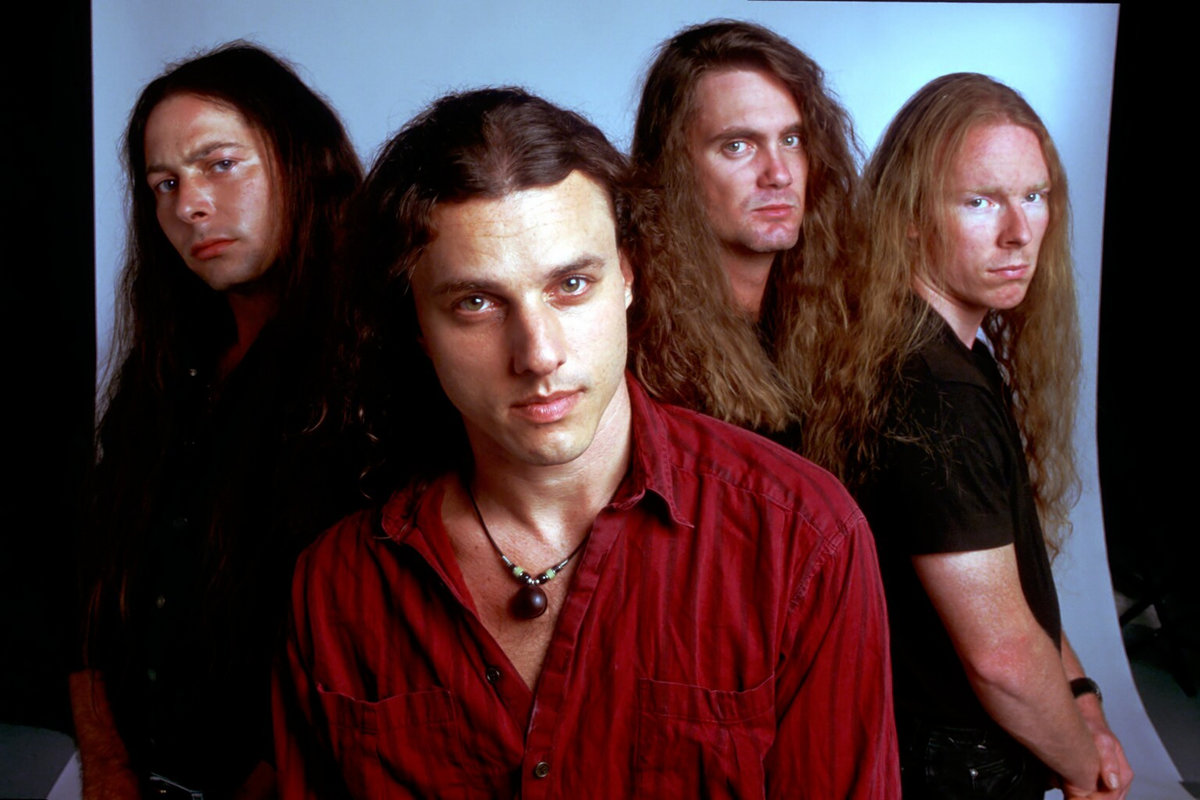
Death Bands Influence on Modern Metal How They Shaped the Genre
Death Bands' Influence on Modern Metal: How They Shaped the Genre
Death metal has carved a unique niche in the wider metal community, showcasing intense musicality, intricate guitar work, and guttural vocals. Among the many sub-genres that have emerged over the decades, death metal bands have significantly influenced the evolution of modern metal. By pushing the boundaries of what metal could sound like, these bands have left an indelible mark on the genre. From their technical prowess to their thematic depth, the contributions of death bands cannot be overemphasized.
The Pioneers of Sound
The origins of death metal can be traced back to the late 1980s with bands like Death, Possessed, and Morbid Angel. These pioneers established the standard for what would become a defining characteristic of the genre: a blend of speed, aggression, and complexity. Death, often regarded as the founding band of death metal, brought a unique sound that combined elements of thrash and progressive rock. Their albums, especially "Symbolic" and "Human," showcased song structures that were not only heavy but also sophisticated, influencing countless bands in the years that followed. Today, influences from bands like Death are evident in numerous modern metal bands, as they adopt elements of brutality and melodic intricacies in their music.
Thematic Depth within Lyrics
Death bands have also made a substantial impact on lyrical themes in modern metal. Unlike traditional heavy metal, which often focused on themes of rebellion and fantasy, death metal delved into territory that included existentialism, mortality, and darker aspects of human nature. The lyrical depth offered by bands like Cannibal Corpse and Deicide has inspired modern bands to explore similarly profound themes, incorporating storytelling and philosophical elements into their music. Their unabashed approach to discussing taboo subjects has allowed newer bands to grow creatively, leading to innovative storytelling techniques and thematic complexity within the genre.
Merchandising and Global Reach
As death metal grew in popularity, so did its presence in popular culture, evidenced by the proliferation of Death Band Official Merch. T-shirts, posters, and accessories featuring iconic artwork and logos have become a staple for fans, symbolizing their connection to the music and culture. This merchandising boom not only allows fans to express their allegiance but also plays a significant role in the financial support of these bands. Many modern metal bands follow this merchandising model, drawing inspiration from the aesthetics and branding strategies established by pioneering death bands, thereby maintaining a vibrant and engaged community of listeners.
The Enduring Legacy of Death Metal
The influence of death metal bands on modern metal is undeniable. Their bold musical experiments, deep themes, and creative branding have paved the way for new generations of musicians. Bands today, such as Whitechapel, Archspire, and Obituary, incorporate elements of death metal into their sound while adding their unique twists, showcasing the evolving nature of the genre. The legacy of death bands continues to thrive as they inspire new artists to break down barriers in metal and explore uncharted territory, ensuring that the genre remains as vibrant and dynamic as ever.









